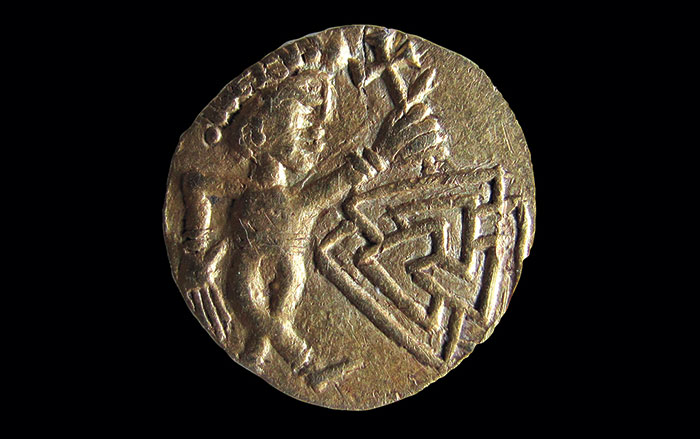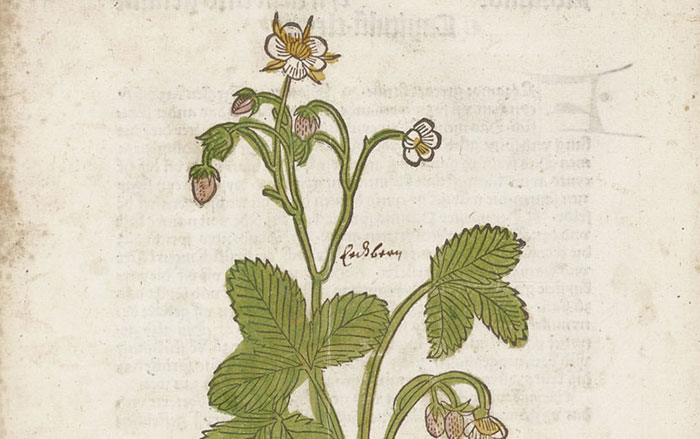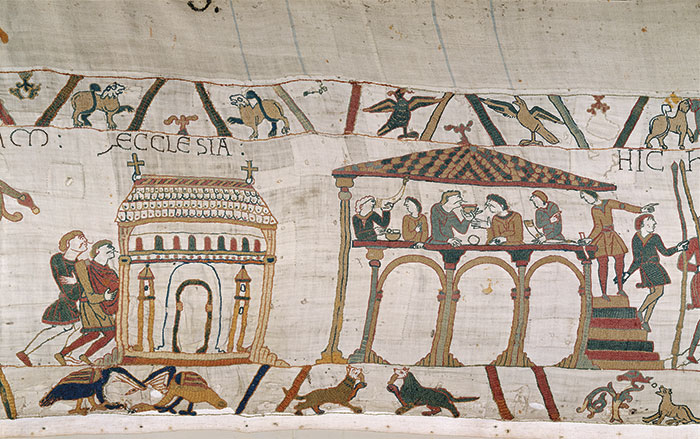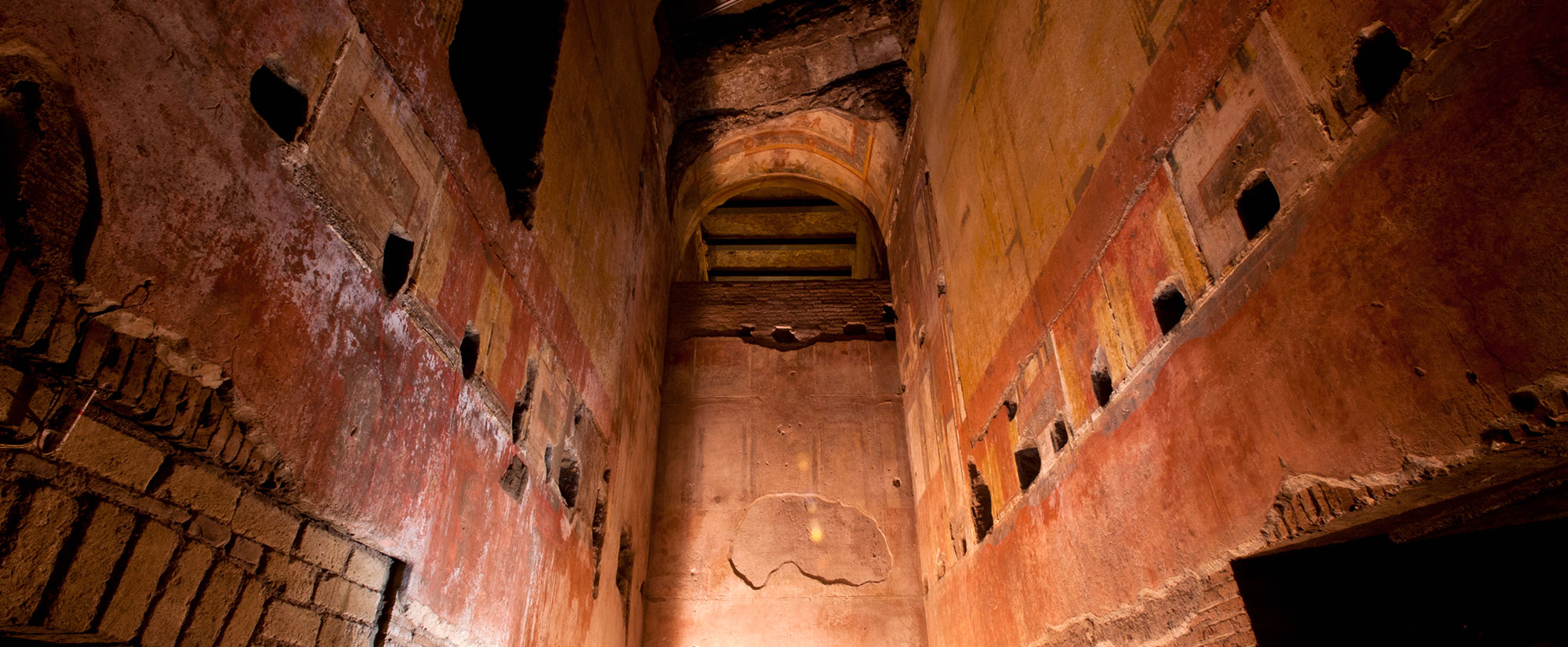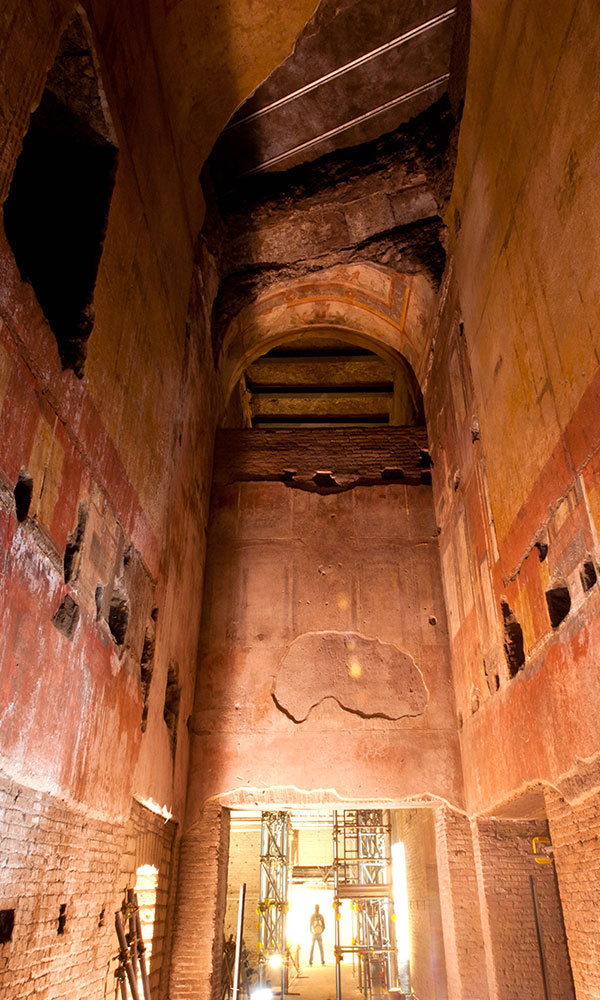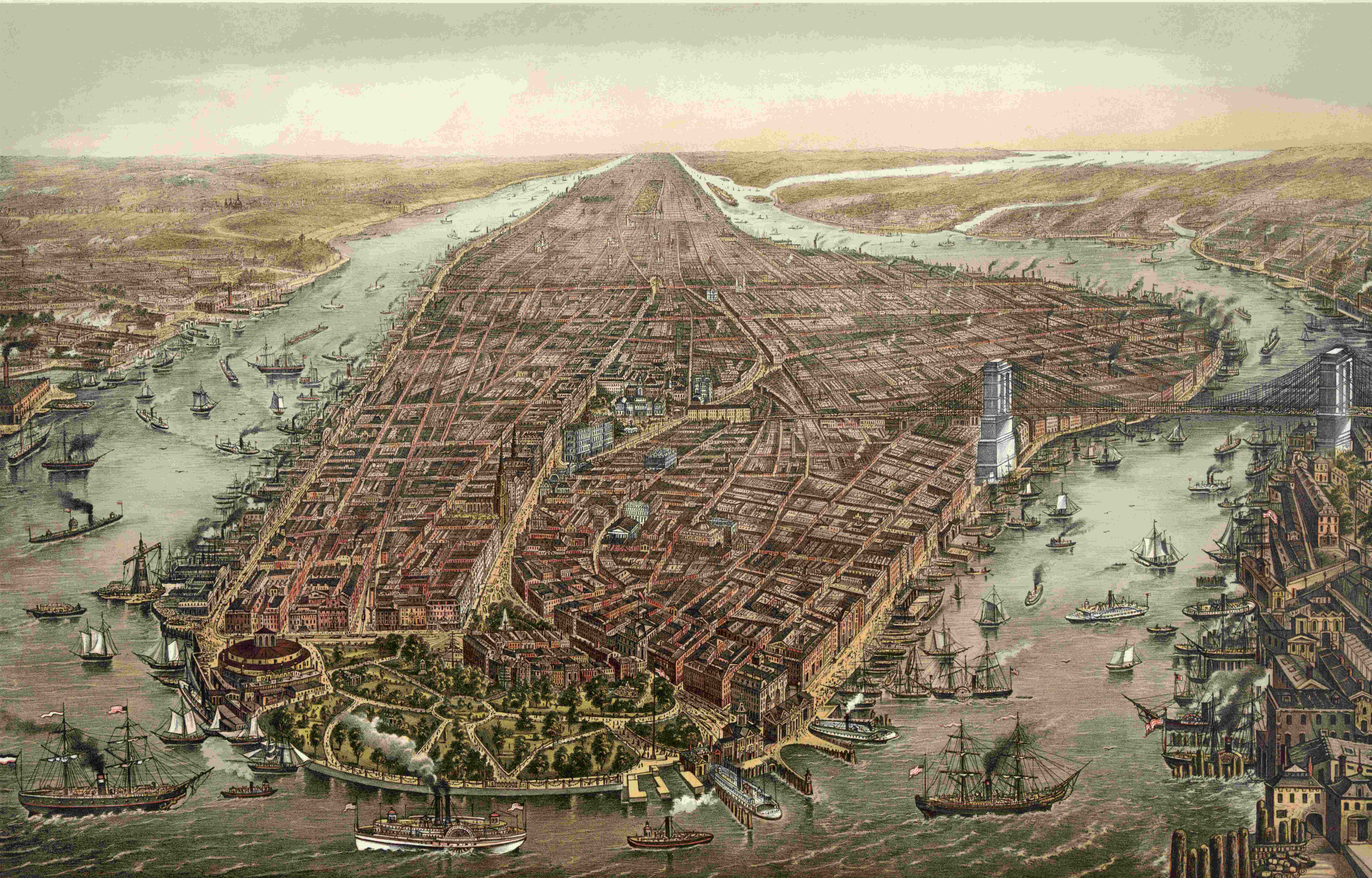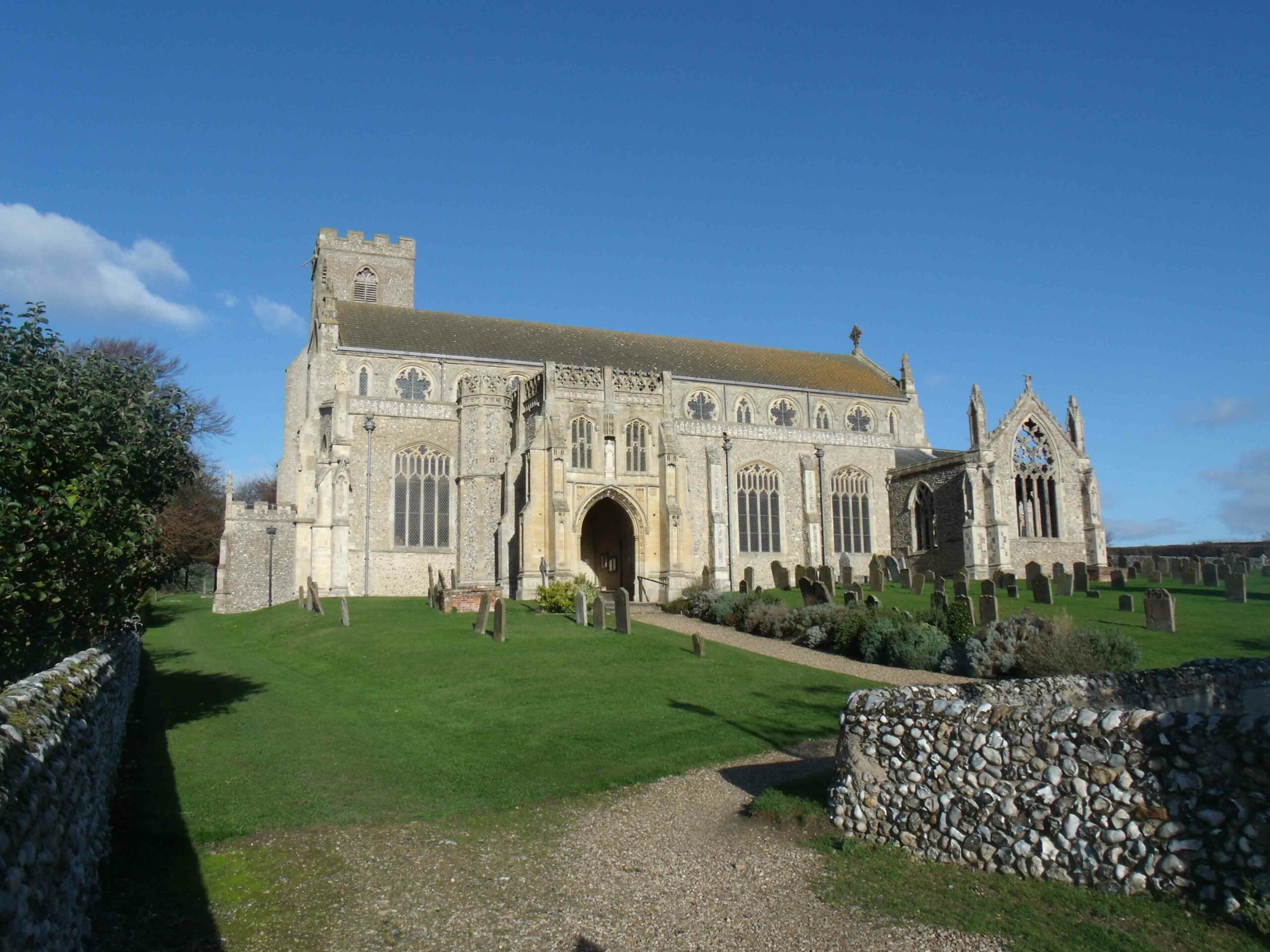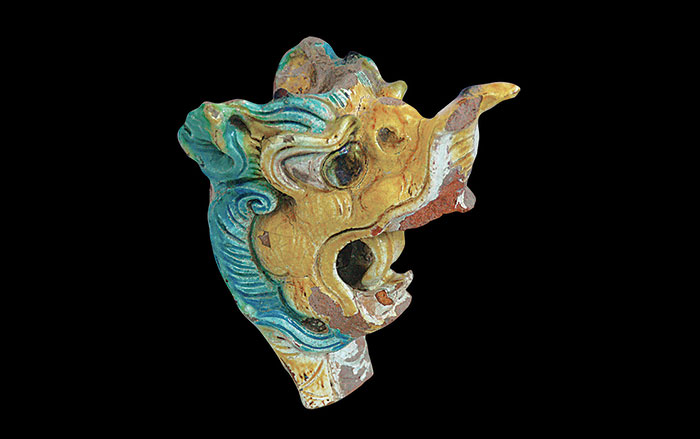
BALTIMORE, MARYLAND—At this year’s meeting of the Historical Clinicopathological Conference, Dr. Sanjay Saint of the University of Michigan attempted to diagnose the illness that killed Oliver Cromwell, the controversial Lord Protector of the Commonwealth of England, Scotland, and Ireland, in 1658. According to Live Science, Cromwell’s symptoms included sharp bowel and back pains, insomnia, cold and hot fits, sore throat, cough, confusion, diarrhea, and vomiting. “I think that Oliver Cromwell had two diseases. I think that he had malaria, and I think that on top of that, he had typhoid fever, which ended up killing him,” said Saint. Typhoid fever, a common ailment in the seventeenth century, is transmitted through fecal matter contaminated with Salmonella typhi. Saint reviewed the records made by the examiners who embalmed Cromwell after his death. They noted his overheated brain, engorged lungs, and deposits of oil in his spleen. Saint thinks these symptoms are consistent with typhoid fever. “It makes it more challenging to understand why someone died when you cannot examine them or ask questions or perform any tests on them,” he explained. To read about the study of medieval English churches, go to "Writing on the Church Wall."


